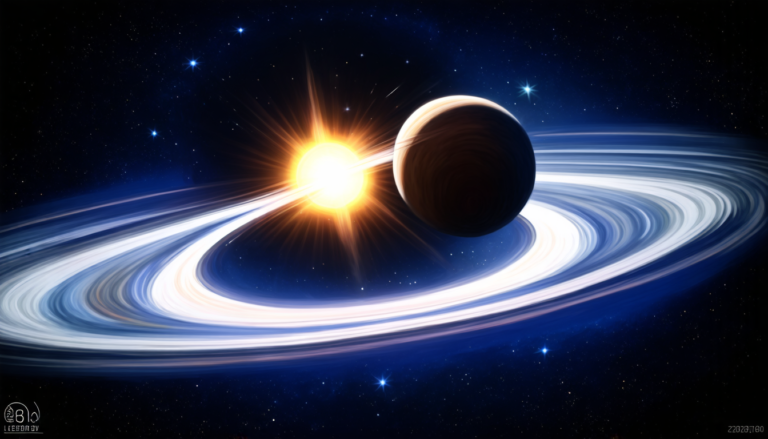Friday 18 April 2025
The Steiner Traveling Salesman Problem, or STSP for short, is a notorious challenge in computer science that has long plagued researchers and engineers alike. At its core, it’s a classic problem of finding the most efficient route between multiple destinations while visiting each one exactly once. Sounds simple enough, right? Well, things get complicated when you add constraints like limited resources, varying distances, and unpredictable road conditions.
For decades, scientists have been working on perfecting algorithms to solve STSP, but it’s a notoriously tough nut to crack. The problem is that as the number of destinations increases, the computational complexity grows exponentially, making it increasingly difficult to find an optimal solution. In other words, the more places you need to visit, the harder it gets to figure out the best route.
Recently, a team of researchers made some significant headway in tackling this behemoth of a problem. They developed a novel approach that combines classical computing with quantum annealing, a technique that leverages the principles of quantum mechanics to find solutions more efficiently.
The key innovation here is a reduction method called PMRA (Preprocessing Method for Reduction and Annealing). It works by identifying unnecessary arcs in the network – think of these as redundant routes or detours – and eliminating them. This not only simplifies the problem but also reduces the number of variables that need to be optimized, making it more tractable.
The team then used this reduced problem set to test their hybrid quantum-classical approach. They employed a D-Wave LeapBQM (Binary Quadratic Model) solver, which combines the power of classical computing with the unique capabilities of quantum annealing. The results were impressive: not only did they solve larger instances of STSP more efficiently than before but also achieved better solution quality.
One notable finding was that as problem sizes increased, the LeapBQM solver consistently outperformed its classical counterpart in terms of both execution time and solution quality. This bodes well for real-world applications where scaling up is crucial. Moreover, the team’s approach showed remarkable robustness, successfully solving instances with varying levels of complexity.
The implications of this work are significant. Imagine being able to optimize logistics networks more efficiently, reduce travel times, or even find better routes for emergency responders. The potential benefits are vast and varied, from saving time and resources to improving public safety.
Cite this article: “Quantum Leap in Logistics: Harnessing Quantum Annealing to Solve the Steiner Traveling Salesman Problem”, The Science Archive, 2025.
Traveling Salesman Problem, Steiner, Quantum Annealing, Classical Computing, Optimization, Logistics, Route Planning, Emergency Response, Resource Management, Computational Complexity







